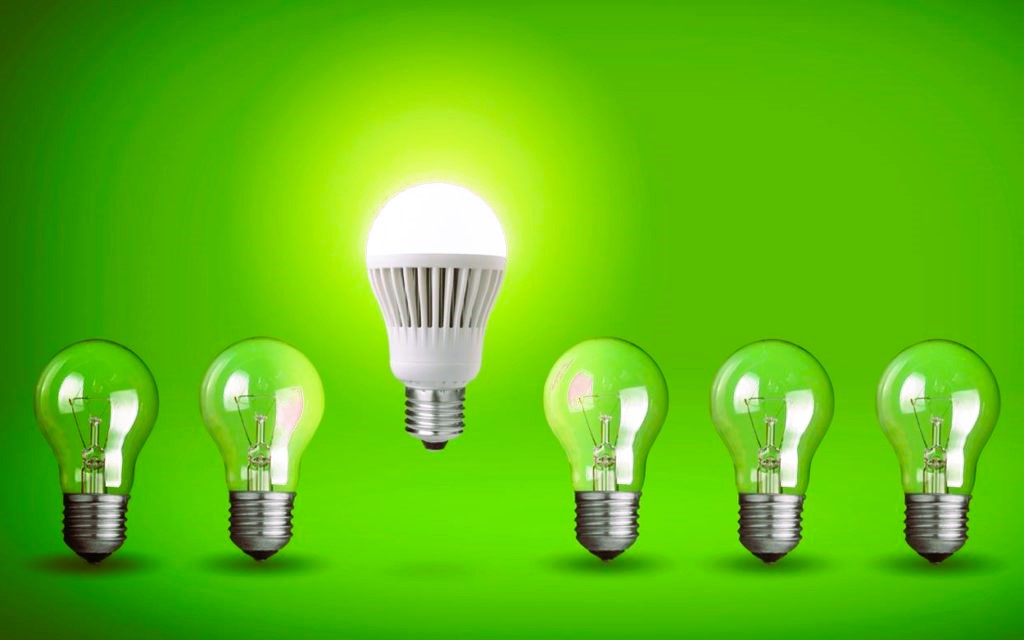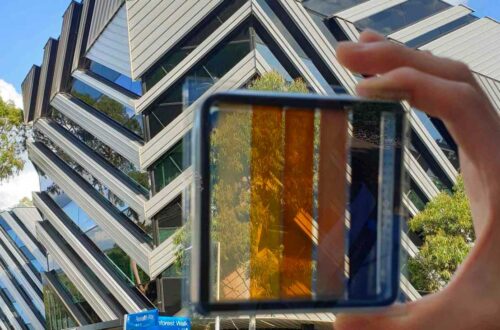As the world embraces the imperative of sustainable living, individuals and businesses alike are seeking ways to reduce their carbon footprint. One area where significant strides can be made is in the realm of lighting. Energy-efficient lighting not only contributes to environmental conservation but also results in substantial cost savings. This article delves into the benefits of upgrading to energy-efficient lighting and explores how leveraging rebates can make this transition more accessible for both consumers and businesses.
The Case for Energy-Efficient Lighting
Traditional lighting technologies, such as incandescent and halogen bulbs, are not only energy-intensive but also have a shorter lifespan, leading to frequent replacements and increased waste. Energy-efficient lighting, on the other hand, encompasses technologies like Light Emitting Diodes (LEDs) and Compact Fluorescent Lamps (CFLs), offering numerous advantages:
- Reduced Energy Consumption: Energy-efficient lighting consumes significantly less electricity than traditional counterparts, translating to lower energy bills and decreased demand on the power grid.
- Longevity: LED bulbs, for instance, have a much longer lifespan compared to incandescent bulbs, reducing the frequency of replacements and associated waste.
- Environmental Impact: Lower energy consumption means reduced greenhouse gas emissions, contributing to efforts to combat climate change and promote environmental sustainability.
- Enhanced Performance: Energy-efficient lighting often provides better lighting quality, color rendering, and dimming capabilities, improving the overall lighting experience.
Government Rebate Programs

Recognizing the pivotal role that energy-efficient lighting plays in achieving energy conservation goals, governments around the world, including Canada, have implemented rebate programs. These programs offer financial incentives to consumers and businesses that make the switch to energy-efficient lighting technologies. Leveraging these rebates can make the transition more cost-effective, encouraging a broader adoption of sustainable lighting practices.
Canada’s Energy-Efficiency Initiatives:
The Canadian government, through various agencies and programs, is actively promoting energy-efficient practices, including lighting upgrades. One such initiative is the ecoENERGY Efficiency for Buildings program, which provides support for energy-efficient retrofits, including lighting improvements. Additionally, the Government of Canada’s website (Canada.ca) serves as a comprehensive resource for information on energy efficiency and available rebate programs.
Benefits of Leveraging Rebates for Energy-Efficient Lighting Upgrades
- Cost Savings for Consumers: Homeowners can benefit significantly from rebate programs when upgrading their lighting systems. The upfront cost of purchasing energy-efficient bulbs, which may be higher than traditional options, is offset by the rebate, resulting in immediate savings. Over time, the reduced energy consumption further contributes to long-term financial benefits.
- Financial Incentives for Businesses: For businesses, lighting represents a substantial portion of energy expenses. Rebate programs incentivize businesses to invest in energy-efficient lighting solutions, reducing operational costs and enhancing sustainability. The financial benefits extend beyond the initial rebate, as lower energy bills contribute to increased profitability.
- Environmental Impact: The collective impact of widespread adoption of energy-efficient lighting is substantial. Leveraging rebates accelerates this transition, leading to a significant reduction in energy consumption and environmental impact. It aligns individual and corporate actions with broader sustainability goals.
- Technological Advancements: Rebate programs encourage the adoption of the latest energy-efficient technologies. As more consumers and businesses embrace these advancements, it drives further innovation in the lighting industry, resulting in even more efficient and cost-effective solutions. Do you like the article? We recommend checking out Greening Your Living Space.
How to Leverage Rebates for Lighting Upgrades
- Research Available Rebate Programs: Begin by researching the available rebate programs in your region. Government websites, such as Canada.ca, provide comprehensive information on energy efficiency initiatives and available rebates. Local utility companies may also offer rebate programs, so it’s essential to explore all available options.
- Understand Eligibility Criteria: Each rebate program may have specific eligibility criteria. Understand the requirements, such as the types of lighting upgrades covered, energy efficiency standards, and documentation needed to qualify for rebates. Ensuring compliance from the outset streamlines the application process.
- Calculate Potential Savings: Before initiating the upgrade, calculate the potential savings and return on investment. Consider factors such as the cost of new lighting fixtures, expected energy savings, and the amount of the rebate. This analysis provides a clear picture of the financial benefits of the upgrade.
- Work with Certified Installers: Some rebate programs may require the installation to be performed by certified professionals. Working with certified installers not only ensures eligibility for rebates but also guarantees the proper installation of energy-efficient lighting systems.
- Submit Accurate Documentation: When applying for rebates, accuracy in documentation is crucial. Ensure that all required forms, receipts, and supporting documents are submitted correctly and promptly. Any errors or omissions can result in delays or disqualification from the rebate program.
Case Study: Residential Lighting Upgrade in Ontario

To illustrate the impact of leveraging rebates for energy-efficient lighting upgrades, let’s consider a case study of a residential lighting upgrade in Ontario.
Background: A homeowner in Ontario decides to upgrade the lighting throughout their house to energy-efficient LEDs. The total cost of the LED bulbs is $500, and the local utility company offers a rebate of $200 for the purchase.
Financial Impact: Without the rebate, the homeowner incurs a cost of $500. However, by leveraging the rebate, the out-of-pocket expense is reduced to $300. Additionally, the homeowner anticipates a 30% reduction in energy consumption, resulting in further long-term savings on electricity bills.
Environmental Impact: The switch to energy-efficient lighting not only benefits the homeowner financially but also contributes to reducing the overall energy demand and environmental impact in the community.
Conclusion
Leveraging rebates for energy-efficient lighting upgrades is a win-win strategy for both individuals and businesses. It makes sustainable choices more accessible and financially viable, contributing to a collective effort to reduce energy consumption and environmental impact. By staying informed about available rebate programs and understanding the associated benefits, consumers and businesses can play a crucial role in building a more sustainable future.
To explore more about energy efficiency standards and initiatives in Canada, you can refer to the official website of the Standards Council of Canada (SCC): Standards Council of Canada.
In conclusion, the journey toward energy-efficient lighting is illuminated by the synergy of individual choices and government initiatives. By embracing rebates, we not only brighten our spaces but also contribute to a greener and more sustainable planet.





